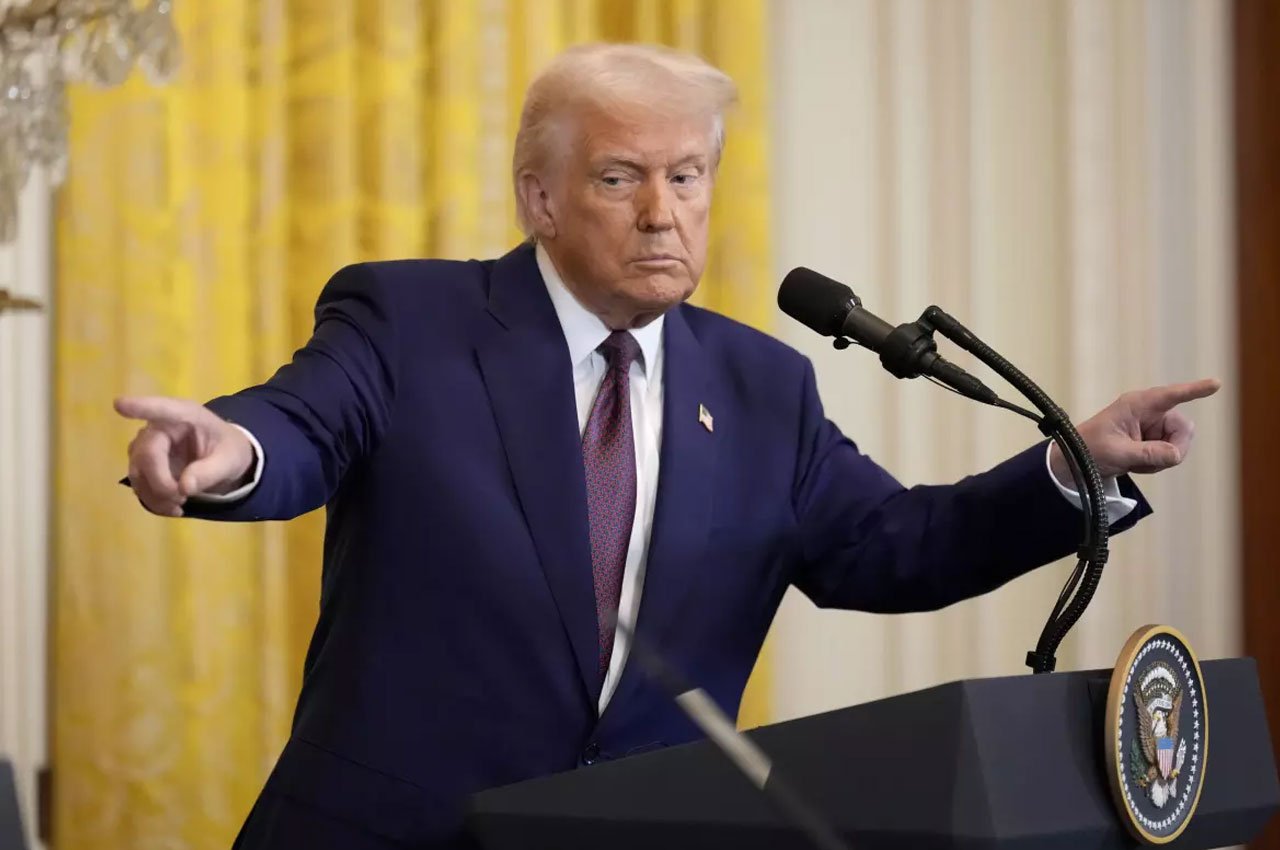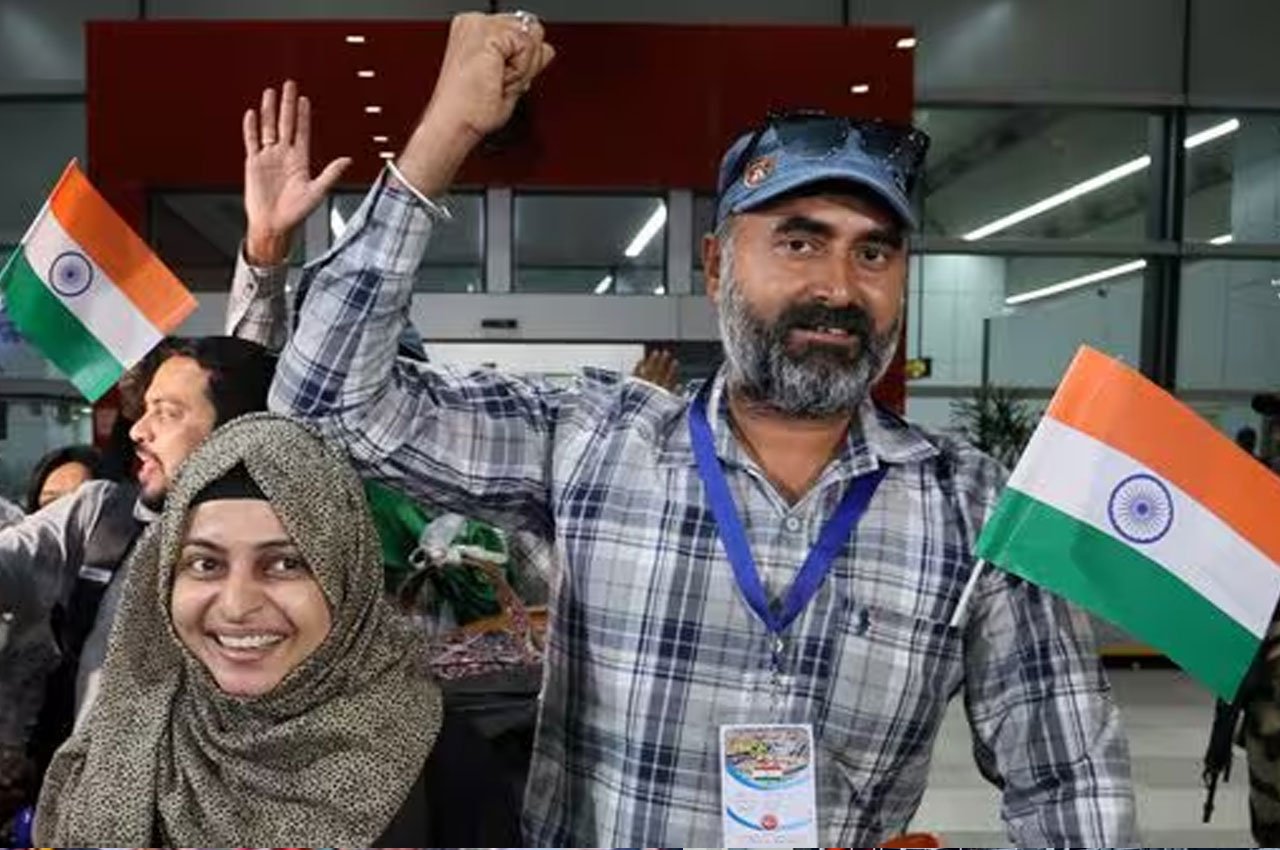Photo Credit: X
What began as a demonstration against immigration raids by U.S. Immigration and Customs Enforcement (ICE) in Los Angeles quickly devolved into a night of chaos. By the end of June 10, downtown LA resembled a scene out of a dystopian film—with iPhones stolen from Apple stores, Adidas outlets ransacked, pharmacies and cannabis dispensaries emptied, and a museum vandalized.
According to LAPD and city officials, at least 23 criminal incidents were reported overnight. While the protest was initially peaceful, it was swiftly hijacked by organized looters who used the large crowds and media distraction to strike high-value retail targets.
One of the biggest targets was the Apple Tower Theatre in downtown LA. Thieves broke in, grabbed electronics off display tables, and fled as alarms rang out. Not far from it, an Adidas store was stripped clean. Pharmacies were looted for both cash and medication. Even cannabis dispensaries and T-Mobile stores were hit, adding to a growing list of damages.
LA Mayor Karen Bass responded swiftly, condemning the criminal activity and emphasizing that looters do not represent the protest movement. “These are not demonstrators. These are opportunists exploiting unrest to commit crimes — and they will be held accountable,” she said in a press briefing. A citywide curfew was immediately announced, from 8 PM to 6 AM, to prevent further damage.
By the following morning, shattered glass littered the sidewalks. Shopkeepers surveyed the ruins of their stores. Some had only just begun to recover from COVID-era losses, making this hit especially cruel. Residents, too, were left shaken. “I support the right to protest,” said one local, “but destroying your own neighborhood helps no one.”
The LAPD confirmed multiple arrests, aided by surveillance footage and viral videos circulating on social media. Investigations are ongoing, with police attempting to differentiate peaceful protesters from organized looting groups that may have coordinated the break-ins in advance.
This isn’t the first time LA has seen peaceful protests descend into chaos. Similar patterns were witnessed during the George Floyd protests in 2020. Nationwide, cities like Philadelphia, Chicago, and Baltimore have also experienced flashpoints where civil unrest was hijacked by looters. The concern is growing: are these isolated opportunists, or a recurring by-product of America’s protest culture?
As Los Angeles cleans up, many are now asking deeper questions. Should police increase presence at protests? Do businesses need better emergency protocols? And how can genuine movements avoid being overshadowed by violence?
For now, the city is focused on recovery — physically, emotionally, and politically. Protesters continue to march, but security around downtown remains tight. The conversation around immigration enforcement is still front and center, but so is another debate: what happens when outrage is weaponized not for justice, but for theft?




